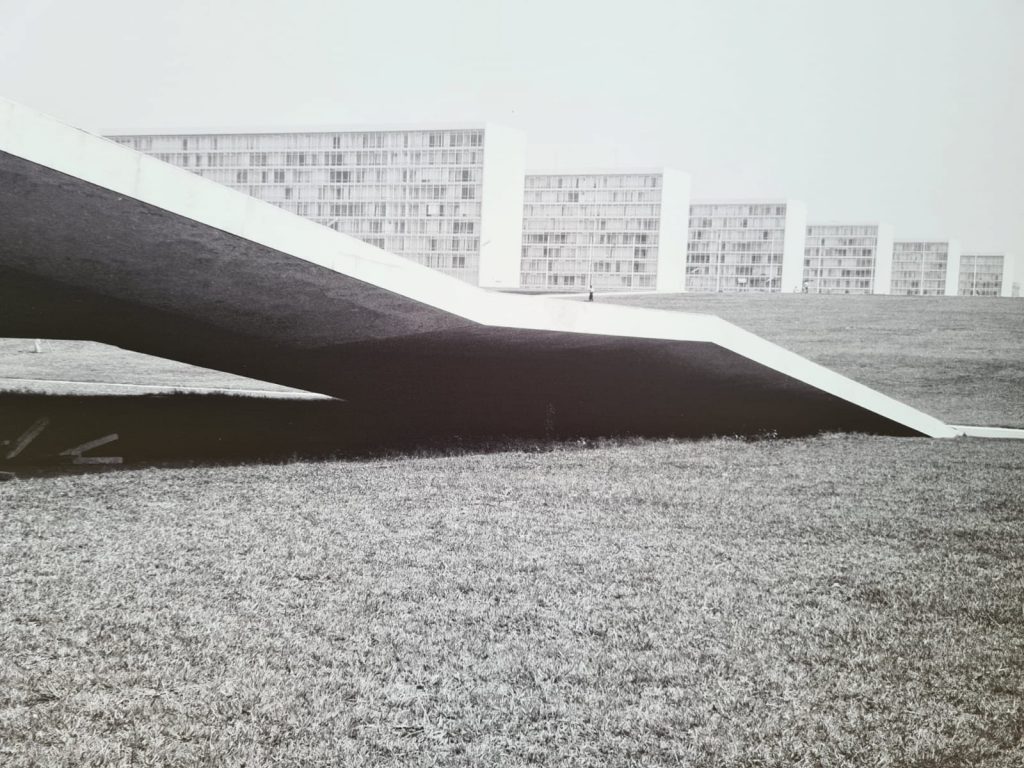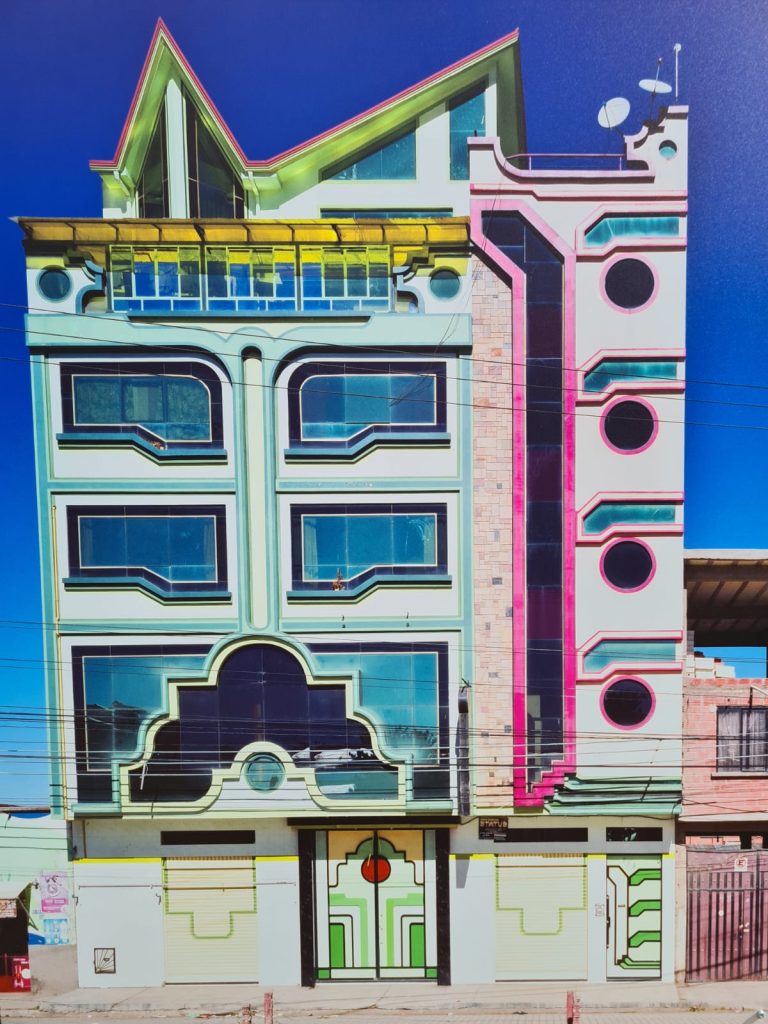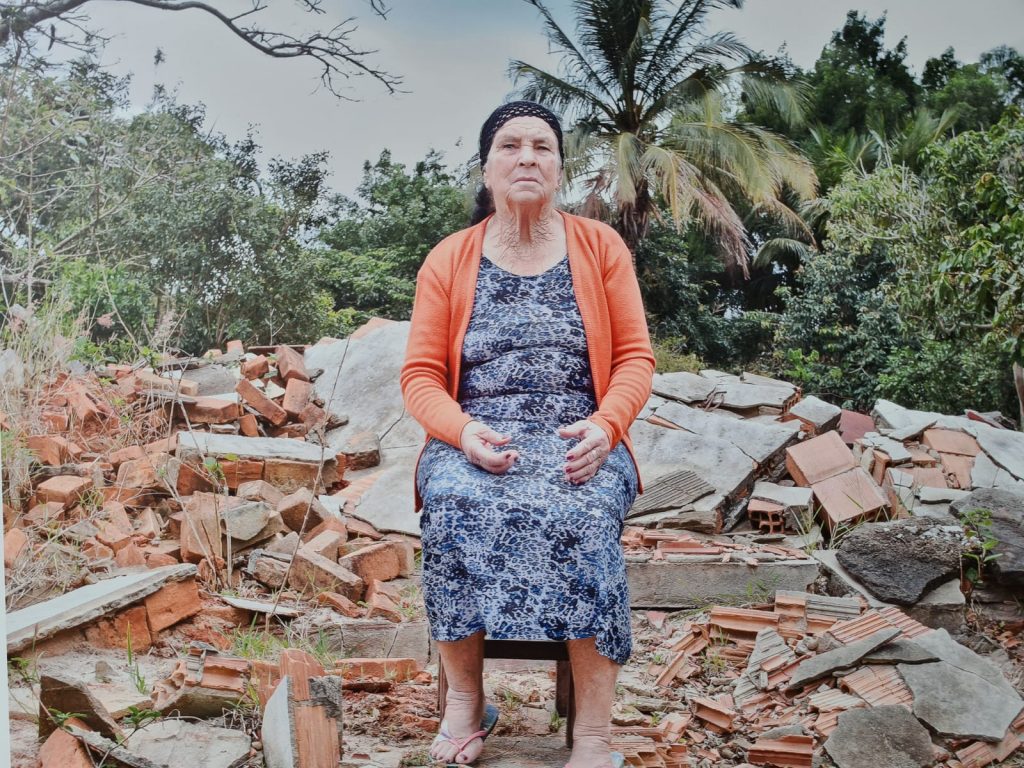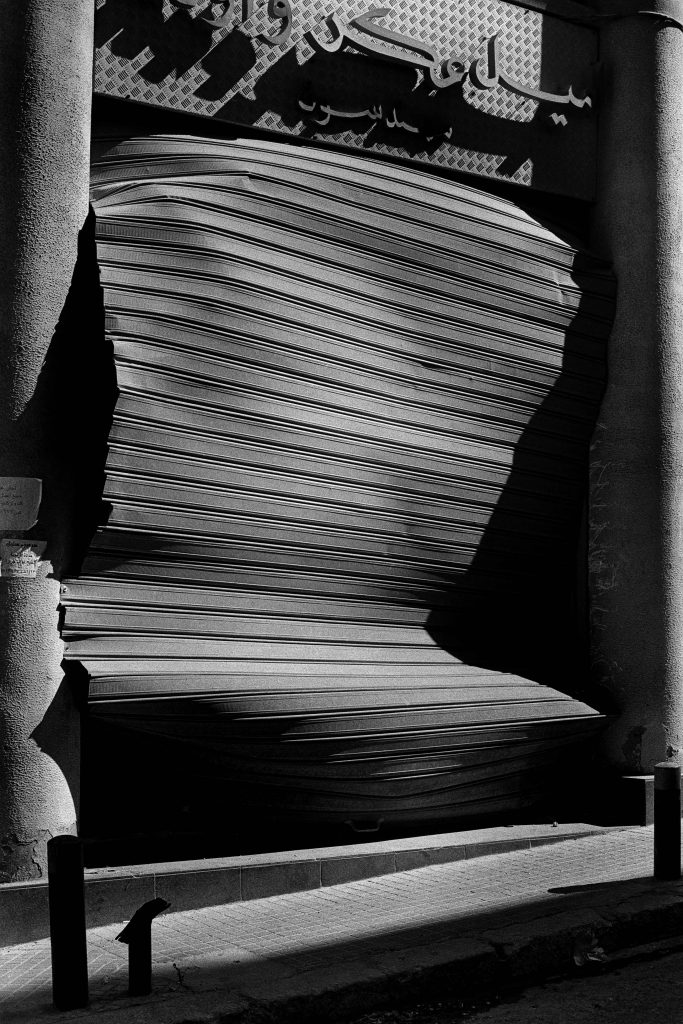Photography Festival « Photaumnales»
By our correspondent David Thompson

Atelier Lucien Clergue, Salf, 2025
photo prise lors du festival par David Thompson
The theme of this 2025 edition, ‘Habiter’, is an invitation to embark on a journey across diverse cultures and geographical spaces in time. The series of photographic exhibitions, curated in dedicated spaces both inside and open-air, showcases the remarkable creative talent of artists, translating multiple facets of the human condition: lived experience as a fusion of the personal, psychological, cultural, social and political. Here, time is not linear and organized, but fragmented and sometimes chaotic.
Lucien Clergue’s seminal work witnesses the birth of Brasilia, Costa and Niemeyer’s massive project to create a new metropolis, counterbalancing the preponderance of Rio de Janeiro and Sao Paulo.
cr photo Atelier Lucien Clergue, Salf
photo prise par David Thompson lors du Festival
The state-sponsored commission is captured as it springs up in the desert region to the west of the coastline. Designed to embody the new democratic identity, modernism and progressive agenda of President Juscelino Kubitscheck, Brasilia is both a political and architectural statement. This ‘Brave New World’ would be exploited in a very different way under the military dictatorship which took power in 1964 : for 20 years, state of the art was synonymous with art of the state.

Tatewaki Nio’s « Neo-Andina » project highlights the El Alto suburb of La Paz, Bolivia, which the artist has visited several times since 2015. At 4000m altitude, this city in the sky is spectacular for its location and architecture. The local houses (« cholets ») translate the modernity of an upwardly mobile middle-class and the traditional designs, motifs and colours of Andean heritage. Some 170 buildings in this style are organized around a street-level kiosk/ commercial premises, first-floor rented space and third-floor penthouse residence. The artist opens up the perspective of an eternal return to witness the the interaction of permanence and change.
Mateus Gomes’ series, « Escombros » focuses on the very human casualties of ‘development’. The family farmers of the Açu region are photographed 10 years after the state expropriation of their property on the débris of their former homes.
credit photo Mateus Gomes, Escombros

Mateus Gomes, Escombros
photo prise lors du festival par David Thompson
A stark critique of the social consequences of economic interests in a globalized world. The question of exploring alternative solutions integrating citizenship and community solidarity is implicitly posed through the artist’s lens.
On the other side of the world, two artists take us to the crossroads between East and West. Paul Hennebelle’s sequence, « Goodbye Beirut » (2016-2021) portrays the relationship between the indelible scars of the city’s history and the resilience of its inhabitants, the young generation in particular. Construction, destruction, reconstruction, transformation and a tireless re-building of identity. ‘Goodbye’ is surely a cry to return – literally « God be with you », perhaps a reference to the significance of Beirut’s religious identities intertwined with the people and their culture.

« Ashes of the Arabian Pearl » is Valentin Valette’s depiction of a different kind of transformation. Oman’s socio-economic mutation over 50 years is inextricably linked to the migrant labour, on which its physical reality depends. The graphic contrast between the local elites and migrant workers from the Indian sub-continent is an integral part of the sultanate’s history ; a place, a territory is indissociable from its people.
« Habiter », a lived experience bound to a sense of place : both intimate quest and universal state of humanity, material and emotional ; capturing the paradox of permanent and transient.
